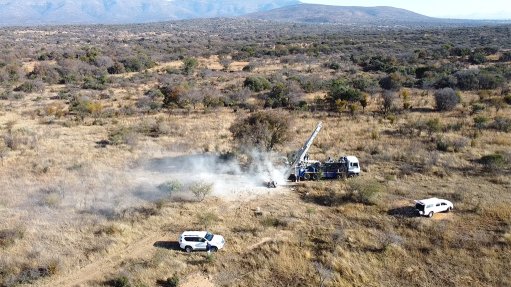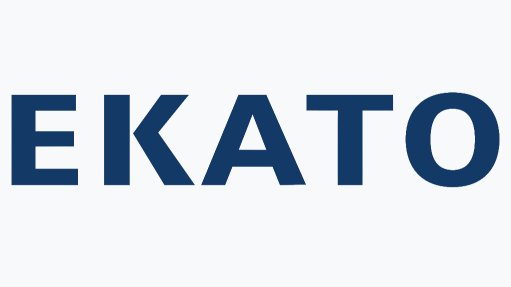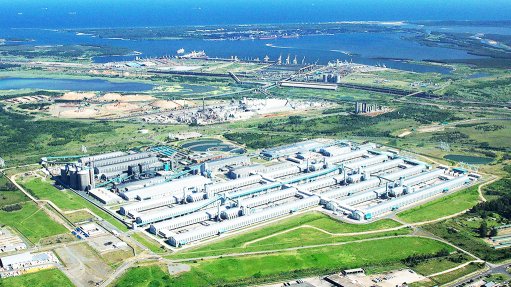Codelco plans to speed up automation after copper mine collapse
Codelco, one of the world’s biggest copper producers, is pursing ways to remove more people from its giant mines in Chile after a deadly collapse underscored the dangers of digging deep underground.
The State-owned company has been discussing with technology and equipment providers, as well as unions, ways to accelerate automation at the El Teniente mine after a July 31 rock blast killed six people and upended operating plans, Codelco chairman Maximo Pacheco said in an interview Sunday.
Chile’s deadliest mining accident in decades has coincided with major disruptions at sprawling underground operations in Indonesia and the Democratic Republic of the Congo (DRC), squeezing global supplies just as the energy transition and data centers boost demand for the wiring metal.
The string of underground mishaps, combined with setbacks at several large open pits, has prompted hand-wringing over the industry’s ability to exploit deposits that are getting deeper and more challenging technically.
While many mines – including El Teniente – already perform key functions from remote centers, generally the industry has been slow to innovate given the huge upfront costs and pressure to churn out metal and profit. El Teniente, for example, still sends thousands of workers down a labyrinth of tunnels.
Stepping up automation could help Codelco control costs, which have been rising as deteriorating ore quality means miners have to dig up more rock to produce the same amount of metal. While autonomous haul trucks and process automation can generate big savings in open pits, such gains can be more modest and trickier to achieve at underground operations.
“We plan to deepen and accelerate that process,” Pacheco said. “We’re already working on it — the goal is to remove people from the front line and replace that work with remote-controlled and automated systems.”
Workers are largely on board with more jobs going remote given it has become harder to prevent and predict the sudden release of accumulated energy known as rock blasts, El Teniente union leader Jorge Bustamante said.
“Over time, the mine has gone deeper, the rock has changed and risks have increased,” Bustamante said in an interview. “You can have all the best measures and protocols and there’ll always be a risk when you enter nature.”
Pacheco said management is “completely aligned” with unions on stepping up automation and is holding regular meetings, including one a couple of weeks ago.
Still, removing more people from operating mines is one thing. Getting autonomous and remotely operated machinery to build mines is harder. The El Teniente collapse occurred in a new section of the mine where development work was taking place alongside extraction activities.
Pacheco said it’s possible, pointing to a new arrangement Codelco has at another mine with Enaex SA involving automated blasting.
The recent spate of mine disruptions underpins the need to accelerate technological development, even if that means greater spending and lower production near term, said Juan Carlos Guajardo, founder of mining consultancy Plusmining.
“There’s a clear lag in how quickly technologies are advancing,” Guajardo said. “Everything related to artificial intelligence, the development of broader leaching techniques, and automation will have to move faster.”
Robert Friedland, the billionaire founder of Ivanhoe Mines, agrees companies have to innovate as deposits get harder and more expensive to mine to keep up with demand. Ivanhoe’s mine in the DRC suffered seismic activity earlier this year, interrupting underground operations.
“We’ve got a lot of disruption this year because the industry’s struggling to provide the same amount of copper it did last year,” Friedland said in an interview. “As these mines age and get deeper, the challenges increase and so technology has to improve.”
Article Enquiry
Email Article
Save Article
Feedback
To advertise email advertising@creamermedia.co.za or click here
Announcements
What's On
Subscribe to improve your user experience...
Option 1 (equivalent of R125 a month):
Receive a weekly copy of Creamer Media's Engineering News & Mining Weekly magazine
(print copy for those in South Africa and e-magazine for those outside of South Africa)
Receive daily email newsletters
Access to full search results
Access archive of magazine back copies
Access to Projects in Progress
Access to ONE Research Report of your choice in PDF format
Option 2 (equivalent of R375 a month):
All benefits from Option 1
PLUS
Access to Creamer Media's Research Channel Africa for ALL Research Reports, in PDF format, on various industrial and mining sectors
including Electricity; Water; Energy Transition; Hydrogen; Roads, Rail and Ports; Coal; Gold; Platinum; Battery Metals; etc.
Already a subscriber?
Forgotten your password?
Receive weekly copy of Creamer Media's Engineering News & Mining Weekly magazine (print copy for those in South Africa and e-magazine for those outside of South Africa)
➕
Recieve daily email newsletters
➕
Access to full search results
➕
Access archive of magazine back copies
➕
Access to Projects in Progress
➕
Access to ONE Research Report of your choice in PDF format
RESEARCH CHANNEL AFRICA
R4500 (equivalent of R375 a month)
SUBSCRIBEAll benefits from Option 1
➕
Access to Creamer Media's Research Channel Africa for ALL Research Reports on various industrial and mining sectors, in PDF format, including on:
Electricity
➕
Water
➕
Energy Transition
➕
Hydrogen
➕
Roads, Rail and Ports
➕
Coal
➕
Gold
➕
Platinum
➕
Battery Metals
➕
etc.
Receive all benefits from Option 1 or Option 2 delivered to numerous people at your company
➕
Multiple User names and Passwords for simultaneous log-ins
➕
Intranet integration access to all in your organisation

















